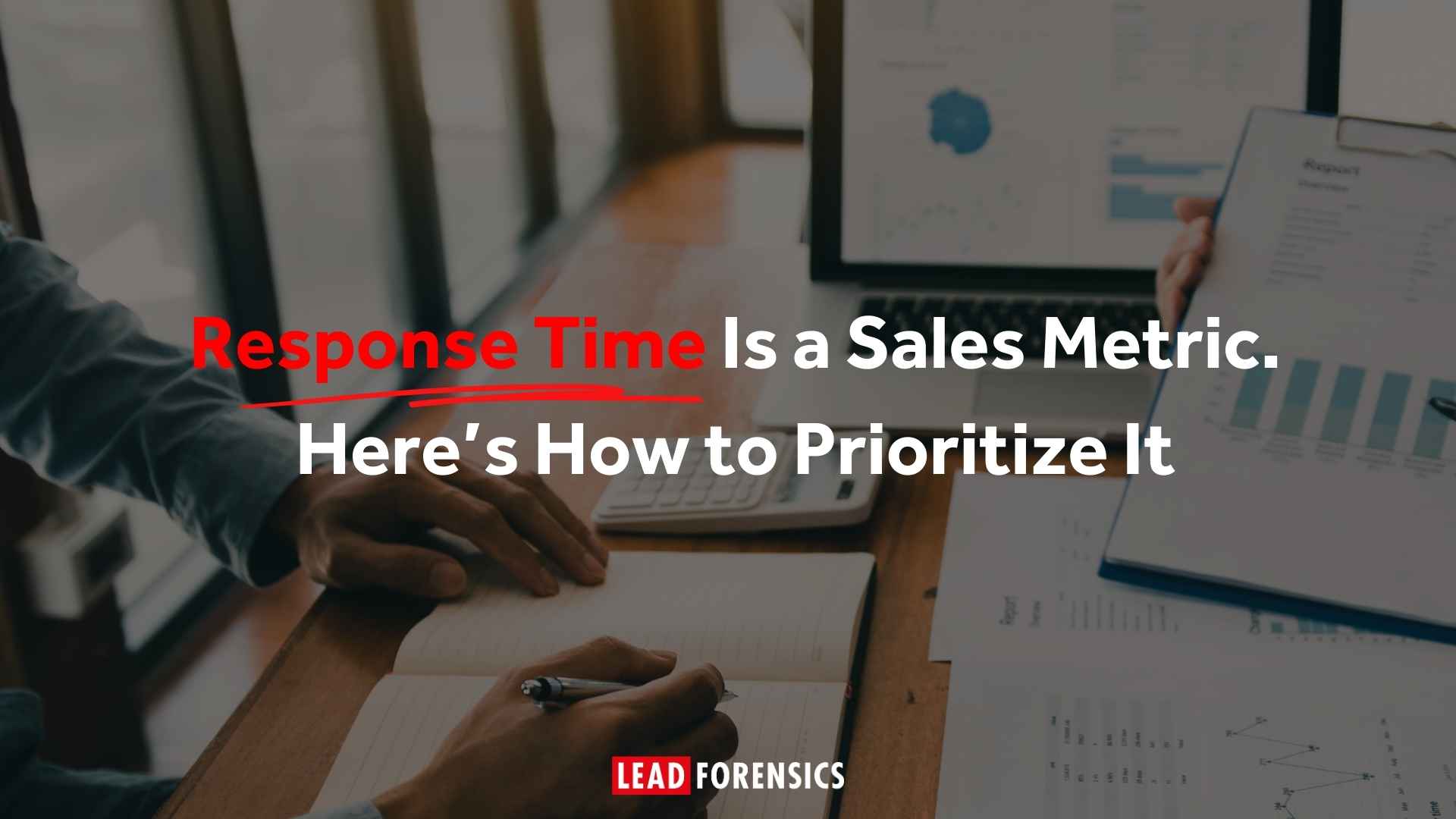Whether you’re a seasoned SDR or just getting started, these seven tips will help you develop your confidence, build a better connection with prospects, and turn cold calls into warm conversations.
1. Lead with Confidence—Even If You Have to Fake It
Confidence is the foundation of a successful cold call. But what if you’re not feeling it? You’re not alone: half of all sales reps fear making cold calls.
The good news is that there are ways to get over your cold call anxiety. After all, confidence comes from knowledge, and you can build this with thorough pre-call research and prep. The more you understand your product, your industry, and your prospect’s pain points, the more naturally confident you’ll sound.
And on those days when you’re not feeling your best, there’s a trick to sounding confident: act as if you are. Pretend you’re someone who’s great on the phone and channel their energy. This mental shift can help you project confidence, even if you’re nervous. And remember, your tone matters just as much as your words. Speak clearly, avoid filler words, and maintain a steady pace.
Tip: Practice your intro until it feels like second nature. The more comfortable you are with your opening lines, the more confident you’ll sound.
2. Keep Your Introduction Short, Sharp, and Strategic
You have about 5–10 seconds to grab a decision maker’s attention. That’s not the time for a long-winded pitch.
That means you need to keep your intro concise and focused. Avoid giving away too much information upfront and aim to spark curiosity. For example, if someone asks what the call is about, a simple “It’s regarding your company’s software” followed by a pause can be more effective than a full explanation.
Sometimes it’s best not to mention your company name right away. Starting with a simple, “Hi, it’s [name] calling—can you help me out for a moment?” can lower resistance and buy you a few more seconds to engage.
Tip: Avoid “Hi, I’m calling from XYZ Company and we offer a full suite of solutions for…”
Try instead: “Hi, it’s Alex—can you help me out for a moment?”
3. Adapt Your Tone to Your Audience
Not all decision makers are the same: a sales director and a finance manager will respond to different tones and styles.
For this reason, it’s important to mirror your prospect’s tone. If they’re speaking in a formal way, match that. If they’re more relaxed, you can be a bit more conversational. This subtle shift helps build rapport and shows that you’re paying attention.
Tone extends to your energy level, too. You want to sound enthusiastic, without coming across as overbearing. Speak with purpose, and avoid sounding robotic or overly scripted.
Tip: Record a few of your calls and listen back. Are you matching your prospect’s tone? Are you speaking too fast or too slow?
4. Build Rapport Through Authenticity, Not Gimmicks
“Rapport” is a buzzword in sales, but it’s often misunderstood. It’s not about asking, “How’s your day going?”, especially when you’ve never spoken to the person before.
Instead, rapport comes from being genuine.
Use the prospect’s name often; it helps re-engage them and builds familiarity. When you use their name at the beginning and end of a question, it can also help keep their attention.
Another powerful rapport-building tool is your pre-call research. Mentioning something specific about their role, company, or recent activity shows that you’ve done your homework and aren’t just dialing randomly.
Tip: Try: “I saw you’ve been with the company for over five years, it must be exciting to see how it’s grown.”
5. Handle Objections with Empathy and Control
Objections are inevitable. The key is how you respond.
The most common early objection is: “I don’t have time.” You can handle this by saying something like: “I know I’ve caught you out of the blue, but would it be okay if I asked you two quick questions? If it’s not relevant, I won’t call again.”
You can also diffuse tension by naming the elephant in the room. Try saying: “I know this is a cold call, and I appreciate you probably get a lot of these. But if you give me 30 seconds, I’ll explain why I’m calling. And if it’s not relevant, I’ll leave you alone.” This kind of honesty and empathy often disarms prospects and earns you a few more seconds of attention.
Tip: If someone is consistently rude or dismissive, it’s okay to move on. Not every prospect is worth your time.
6. Be Ready for the “Where Did You Get My Number?” Question
This question can throw even experienced reps off balance. The best way to handle it is to be prepared.
You should have a clear, GDPR-compliant response ready to go. That means you need to know your data source and be transparent. For example: “We sourced your contact through Cognism, a GDPR-compliant data provider.”
If you’re honest and confident in your answer, you’ll often satisfies your prospect’s curiosity. In fact, some may even be impressed that you managed to reach them.
Tip: Write down your go-to response and practice it until it feels natural.
7. Don’t Panic When They Mention a Competitor
Hearing “We already use someone for that” doesn’t mean the conversation is over. In fact, it’s an opportunity.
It gives you the chance to ask questions like: “If you had to rate your current provider out of 10, what would you give them?” Most people won’t say 10, which opens the door to ask, “What would make them a 10?” This helps uncover pain points or gaps that your solution might fill.
Another useful question to ask is: “If you could change one thing about your current provider, what would it be?” These open-ended questions keep the conversation going and give you valuable insight.
Tip: Never badmouth a competitor. Instead, highlight your strengths and let the prospect draw their own conclusions.
Bonus: Get More Tips
You’ll find more cold calling tips – including winning scripts, outreach secrets and a free toolkit, in “Cold Calling in 2025” guide. You can also watch Lead Forensics and Air Sales Academy experts discuss the topic of making a strong impression on cold calls in our webinar replay.









